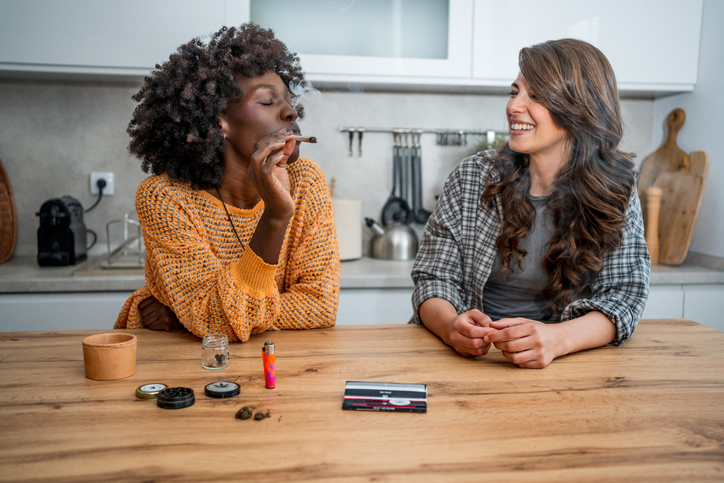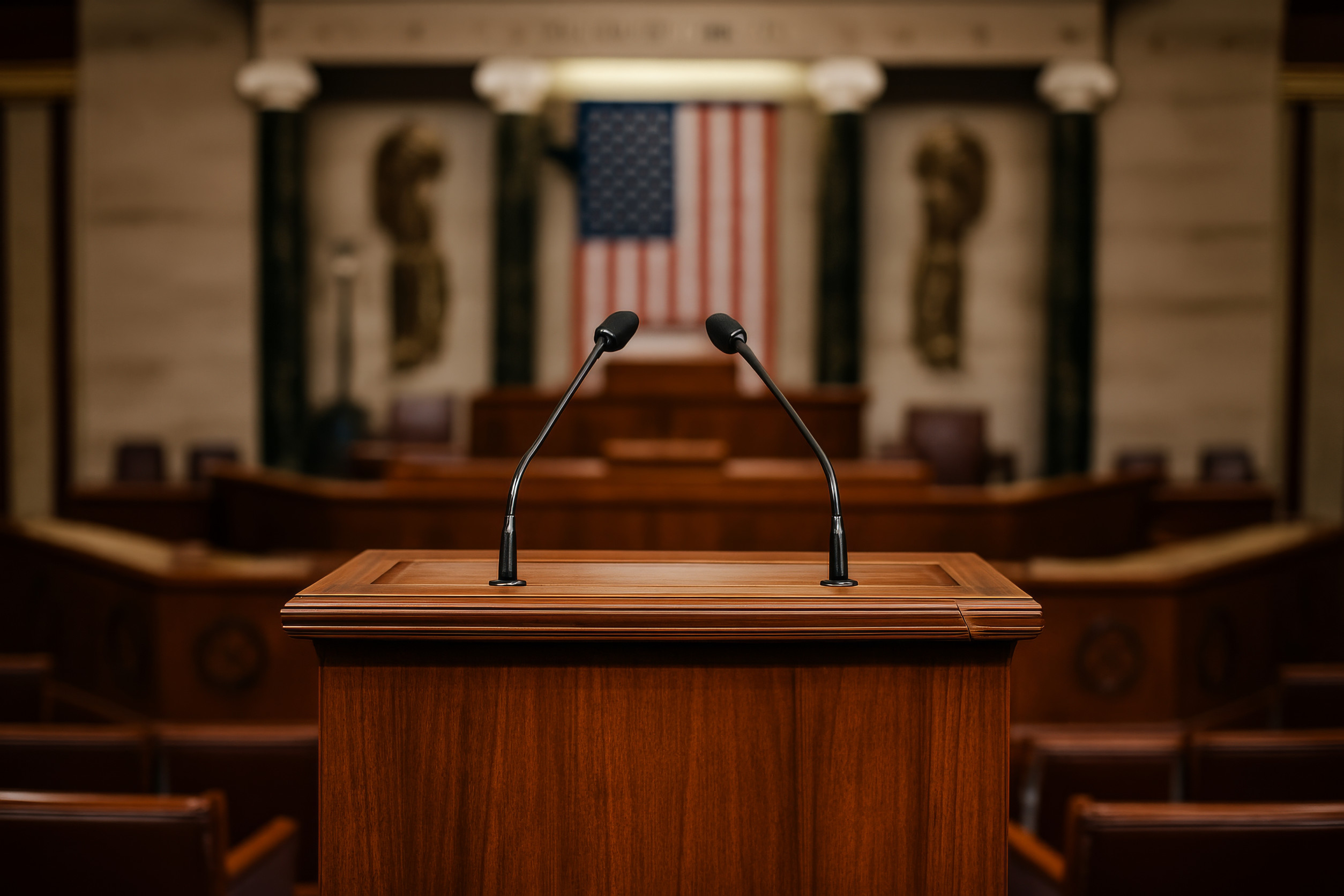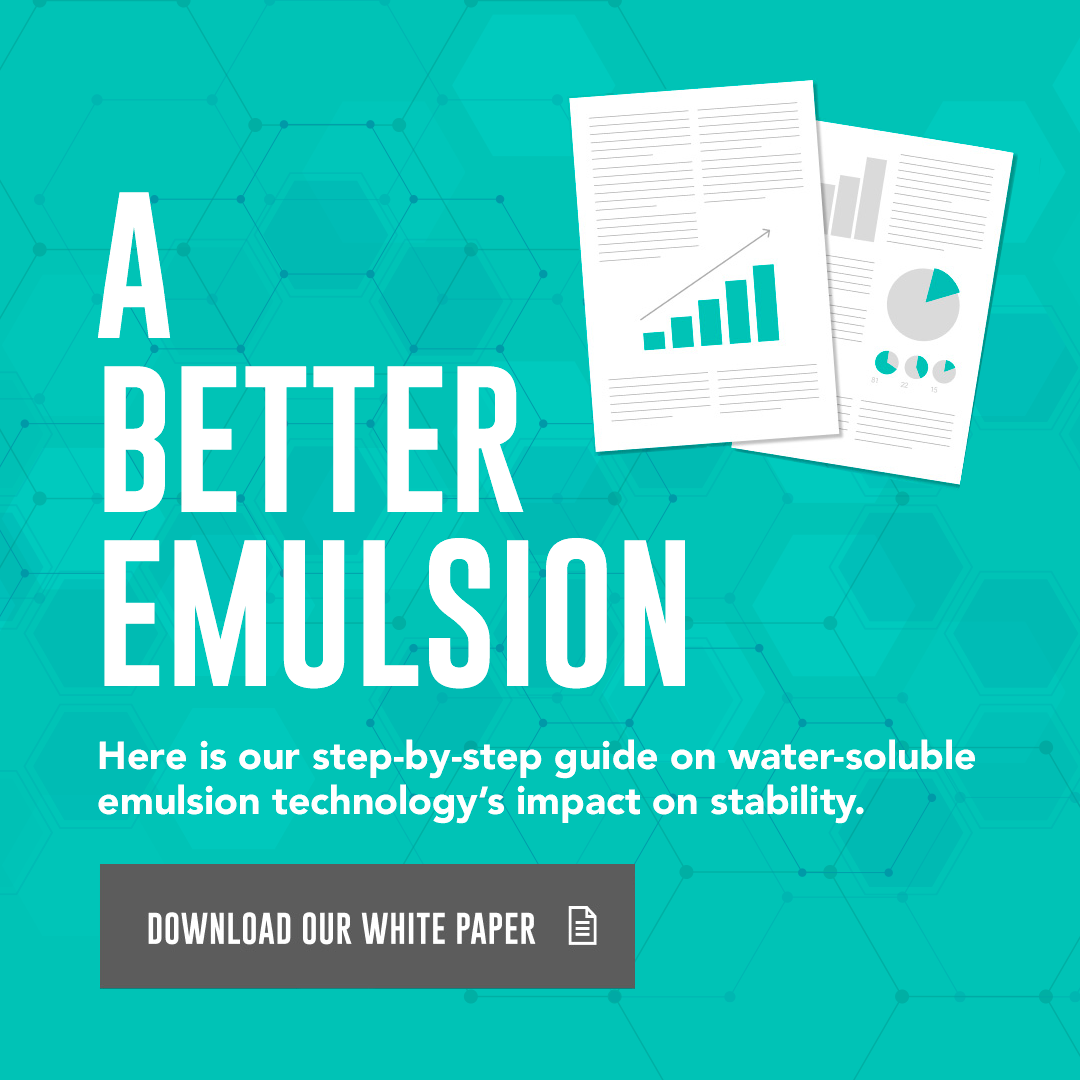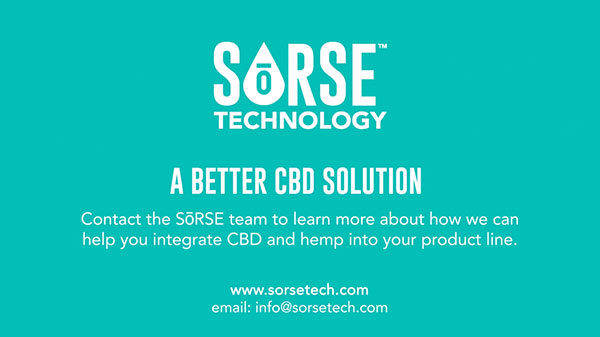There’s no avoiding CBD these days — it’s everywhere you look. The once-obscure non-intoxicating cannabinoid is being added to every conceivable product: CBD mascara, hair gel, even hamburgers. It can be purchased at CVS and Walgreens.
And perhaps that’s the problem. CBD has been sanitized, presented as the “non-psychoactive” (it is psychoactive in fact, just not intoxicating) or “medicinal” cannabinoid, solely to differentiate it from THC and its illicit association with the pre-legalization market. For those of us who have been promoting cannabis therapies for many years, the faddish rise of CBD can be irksome. Not because CBD doesn’t deserve the attention, but because it’s disrespectful to the plant to claim that we can get all the benefits of cannabis — and none of the stigma — from a single cannabinoid. No single ingredient, cannabis-derived or not, could ever hope to deliver on all the promises marketers are making on CBD’s behalf. CBD is an amazing cannabinoid with a wide range of applications, but it is no panacea — because there is no panacea. Especially since of the cannabinoids we know, CBD is one of the least effective in isolation.
BACK TO BASICS
In the natural plant, CBD exists alongside hundreds if not thousands of other plant-produced compounds called phytochemicals. All cannabinoids benefit from being delivered in their native phytochemical complex–a phenomenon called the Entourage Effect–but CBD in particular craves the synergistic presence of other cannabinoids, terpenes and flavonoids. It is a weak antagonist of both cannabinoid receptors (CB1 and CB2), meaning it decreases reuptake of certain neurotransmitters in a mechanism similar to how SSRI antidepressants affect serotonin. CBD’s effects are broader than they are deep: it interacts with a wide range of neurotransmitters, but the effect is generally mild, and relies heavily on the supporting effects of its fellow cannabinoids.
Due to its weak activity, CBD must be used in higher potencies to be effective. Unfortunately, many of the products on the shelves have low potency, no listed potency, or use inaccurate testing. A recent study showed that over 70% of CBD products were inaccurately labeled, and 26% were overlabeled, e.g. the product contained negligible amounts of CBD. The study had flaws, but it made it clear that the current state of CBD labeling is buyer-beware.
NOT FOR EVERY PRODUCT
There are also a number of products in which the inclusion of CBD is a total waste. In order to interact with the body’s cannabinoid receptors, CBD has to be ingested or sit on the skin for a significant period of time – usually upwards of 15 minutes. Products such as hair pomade (there are no CB receptors in our hair) or body wash (rinses right down the drain) are capitalizing on the marketing force of CBD rather than delivering meaningful improvements.
CBD is showing incredible clinical promise as an anti-inflammatory, antispasmodic, and recently, as an antibiotic. We owe it to this wonderful chemical to be honest about what it can’t do, so that our customers believe us when we tell them what it can.





